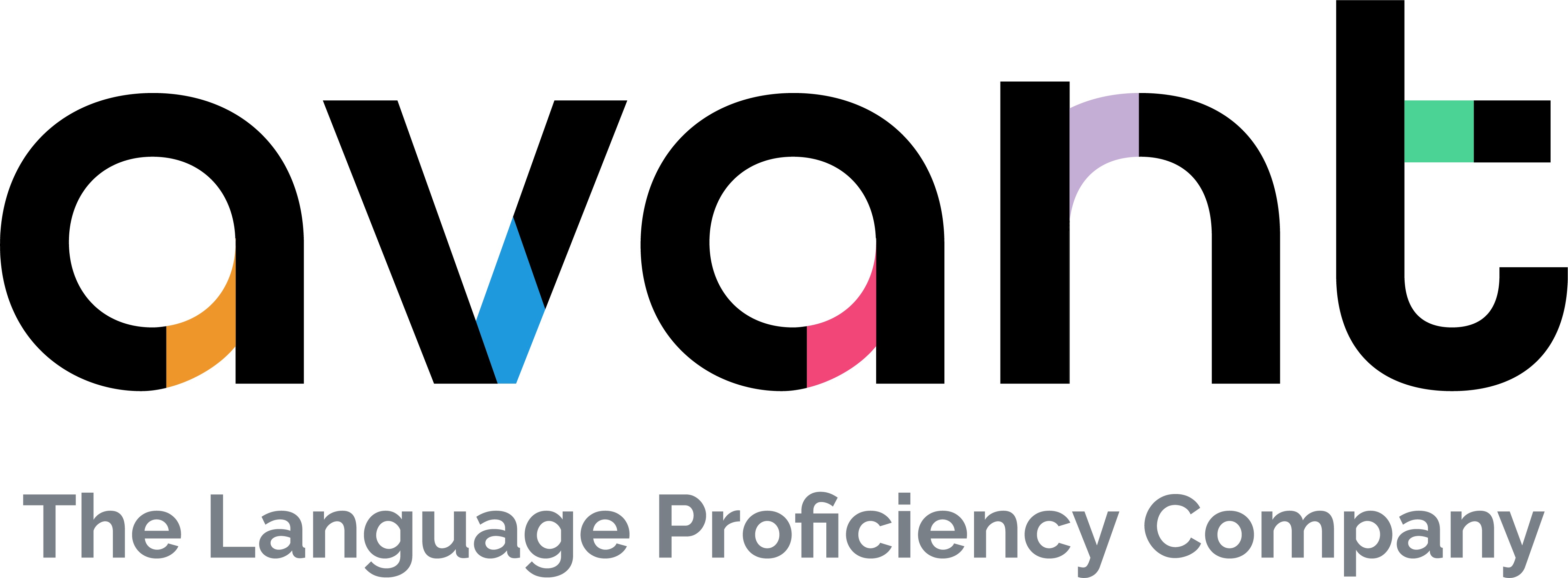Dive Brief:
- KIPP teachers in the Bay Area are using NWEA Measures of Academic Progress assessment data to gauge student proficiency and then assign them Khan Academy work at the right level.
- Alex Hernandez, a partner at Charter School Growth Fund, which supports KIPP, writes for EdSurge that teachers use a Google spreadsheet to input MAP scores and automatically create Khan Academy playlists that they then link with classroom instruction for a personalized student experience.
- Next, teachers want to align Eureka Math lessons with Khan Academy so students who are behind can work on the foundational math skills they need to master the lessons during class time.
Dive Insight:
Ed tech vendors are often far removed from the realities of the classroom. While their innovations may be well-researched, their products can fall flat when teachers actually try to use them. Some teachers make the switch from classrooms to startups, however, where they take what they learned to scale solutions. While rudimentary, the KIPP solution using a simple spreadsheet could easily be marketed to other teachers around the country who use Khan Academy as a classroom resource and have accurate assessment data to input.
When schools break down silos between IT and curriculum and instruction, solutions like this become more likely. Instead of only the tech-savvy teachers coming up with their own solutions, IT experts can recognize challenges in any number of classrooms and work to address them. The best solutions respond to the unique needs of students and teachers in a specific classroom or school. And the expertise is often already there.












